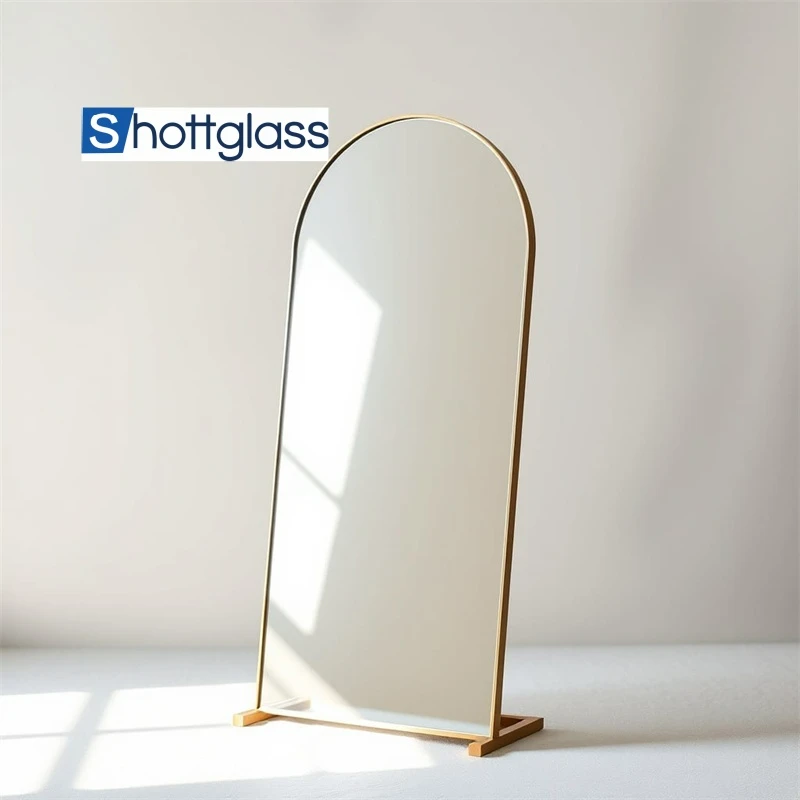Oct . 05, 2024 20:03 Back to list
Laminated Glass Solutions for Enhanced Soundproofing in Modern Architecture
Laminated Glass for Soundproofing An Effective Solution
In today’s world, where urban living has become the norm, noise pollution is increasingly recognized as a significant issue affecting our quality of life. Whether it’s the constant hum of traffic, the blaring of horns, construction noise, or the chatter of neighbors, excessive sound exposure can lead to stress and a decline in overall well-being. One innovative solution gaining popularity for mitigating this problem is laminated glass, specifically designed for soundproofing applications.
Understanding Laminated Glass
Laminated glass consists of two or more sheets of glass bonded together with an interlayer, typically made from polyvinyl butyral (PVB) or ethylene-vinyl acetate (EVA). This interlayer not only enhances the strength and resilience of the glass but also provides significant sound-dampening properties. When sound waves strike the glass, they vibrate the first layer. The interlayer absorbs some of this vibration, which helps to reduce the transmission of sound to the other side.
How it Works
The effectiveness of laminated glass in soundproofing can be attributed to its unique construction. The thicker and denser the glass and interlayer, the better the sound attenuation. The interlayer's flexibility and damping effect convert sound energy into heat, effectively absorbing it instead of allowing it to pass through. This characteristic makes laminated glass particularly useful in environments where noise reduction is a priority, such as residential buildings, offices, and public spaces.
Applications of Laminated Glass
laminated glass for soundproofing

Laminated glass is versatile and can be used in various applications. In residential settings, homeowners increasingly opt for laminated glass windows to shield their living spaces from external noise. This is particularly beneficial in urban areas, where street noise can disrupt the tranquility of home life. Similarly, in commercial settings, businesses can use laminated glass in offices to create a quieter working environment, enhancing productivity and comfort for employees.
Moreover, laminated glass is also used in schools and hospitals, where minimizing noise is crucial for concentration and healing. Its ability to improve acoustics in these environments makes it an essential material in modern building design.
Benefits Beyond Soundproofing
In addition to its soundproofing capabilities, laminated glass offers several other advantages. It provides enhanced safety and security by holding together when shattered, reducing the risk of injury from falling shards. This feature makes it a popular choice for window applications in high-traffic areas. Furthermore, laminated glass can also block harmful UV rays, helping to protect furniture, artwork, and flooring from fading, thereby prolonging their longevity.
Conclusion
Laminated glass is an innovative and effective solution for soundproofing. Its ability to significantly reduce noise pollution, combined with its additional safety and UV blocking features, makes it an excellent choice for various applications in both residential and commercial settings. As urbanization continues to rise and noise becomes an ever-present concern, laminated glass stands out as a practical solution for those seeking peace and quiet amidst the hustle and bustle of modern life. Investing in laminated glass could not only enhance comfort but also improve the overall quality of life in today’s noisy environment.
-
Sustainable Practices in a Modern Coated Glass Factory
NewsAug.07,2025
-
Insulated Glass Unit Installation Best Practices and Tips
NewsAug.07,2025
-
Frosted Glass Types and Custom Solutions for Sale
NewsAug.07,2025
-
Current Clear Float Glass Price Trends in Global Markets
NewsAug.07,2025
-
Comparing Different Types of Laminated Glass Performance
NewsAug.07,2025
-
Best Anti Fog Bathroom Mirror Solutions for Humid Climates
NewsAug.07,2025
Related PRODUCTS














